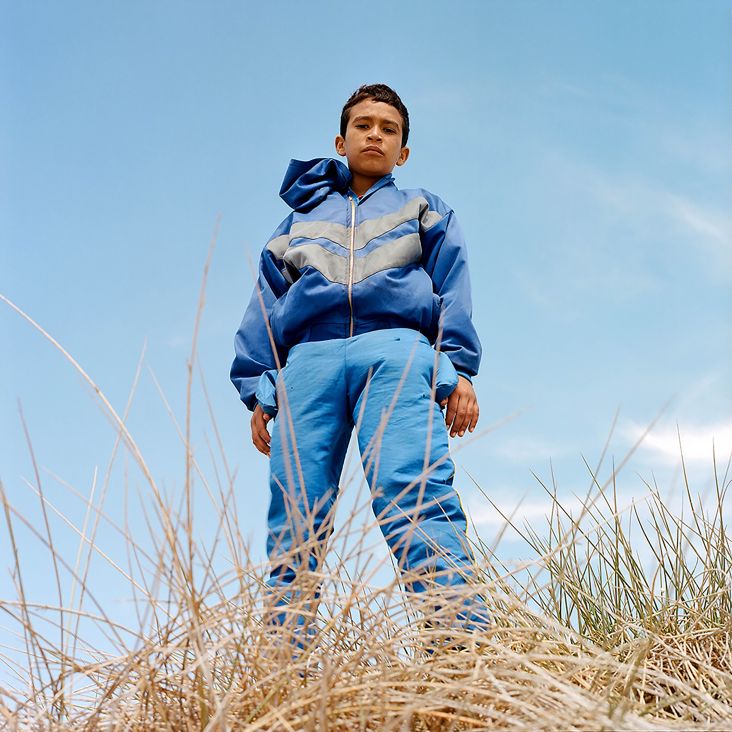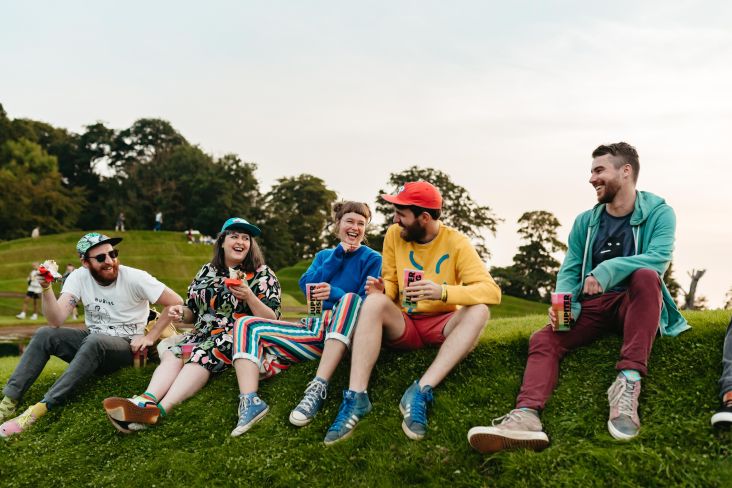London in Lockdown: 24 photographers share stories of love, loss and resilience
In a new book from Hoxton Mini Press and Museum of London – with words by Jilke Golbach – a selection of photographers share their personal experiences from the past year.
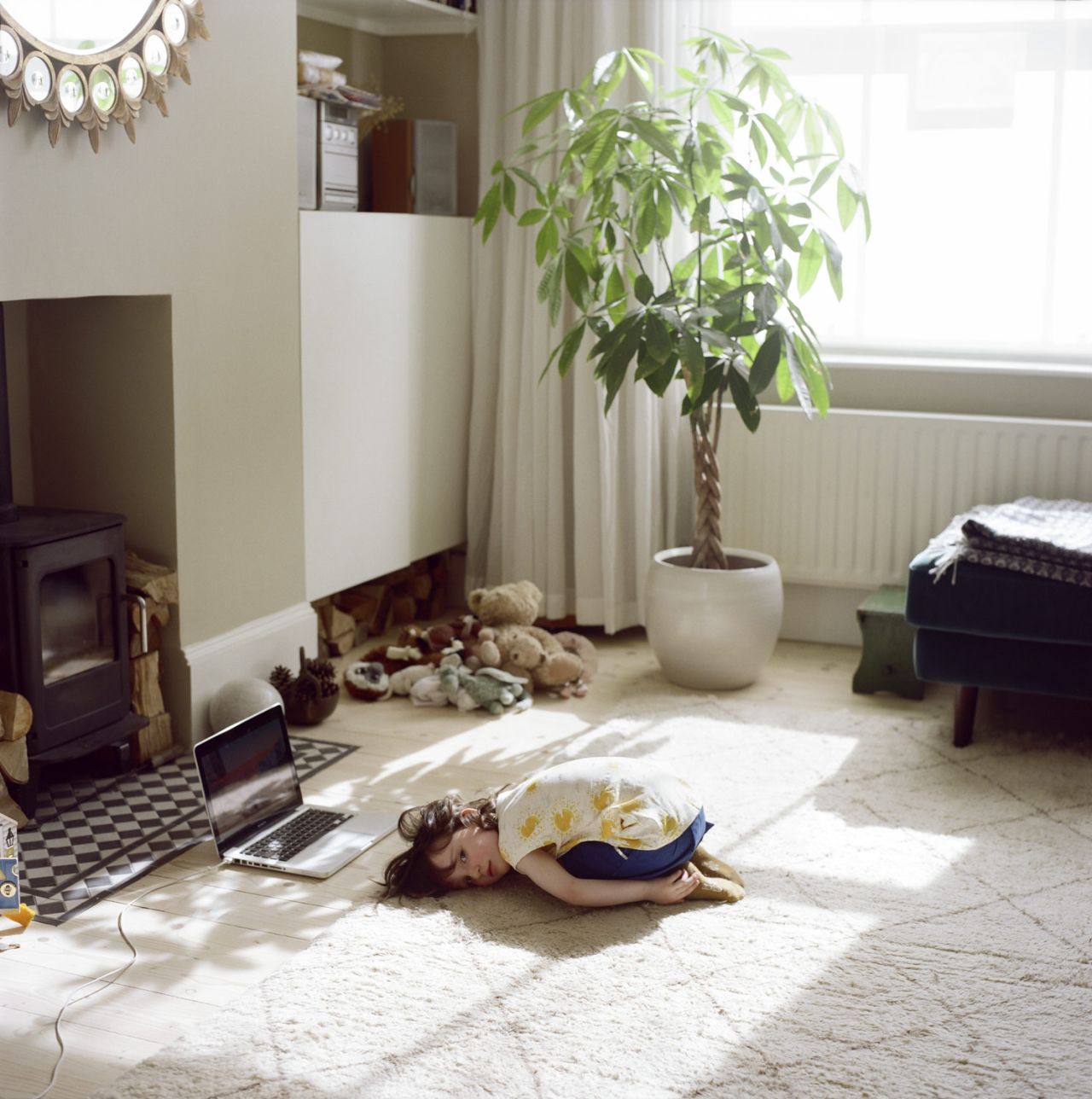
Fugue © Lydia Goldblatt
Like many cities across the globe, London's streets were emptied as the pandemic arrived last year. Some inhabitants left for the countryside, while others remained in what felt like a bizarre and dystopian version of urban life. Anxiety, isolation and unsettlement prevailed, but there were also a few surprising elements too; it showed love, resilience and community. It was also a chance to stop and pause, to reflect on our often busy schedules and reassess our values.
These experiences have now been compiled into a new book entitled London in Lockdown. Published by Hoxton Mini Press and Museum of London, the tome features an introduction written by Jilke Golbach, curator of photographs at Museum of London, and work from 24 photographers including Chris Dorley-Brown, Olivia Harris and Spencer Murphy. Compiled into chapters – Deserted London, Days on Repeat, Growing Up in Quarantine, and Our Bullet Lives Blossom as They Race Towards the Wall, for example – it's a visual record that will serve as a vital reference point for generations to come. Below, Jilke tells us more about the publication and why photography is an apt tool for telling these stories.
Let's begin by hearing a little more about yourself.
I am originally from the Netherlands, where I completed an undergraduate degree in Liberal Arts & Sciences and an MA in Art History. I moved to London nine years ago to study for an MA in Cultural Heritage at University College London and have stayed ever since. I am still partly at UCL, working on ongoing doctoral research that explores matters of urban heritage, cultural regeneration and the right to the city.
I have a great love for photography in all its forms and a fascination for cities and urban life – London in particular. My role as curator of photographs at the Museum of London brings the two together, and it is an absolute joy to oversee a collection of over 180,000 photographs comprising a visual encyclopaedia of London's physical and social fabric. Prior to joining the museum in 2019, I worked as assistant curator at the Barbican Art Gallery, working on the exhibitions Dorothea Lange: Politics of Seeing (2018) and Strange and Familiar: Britain as Revealed by International Photographers (2016).
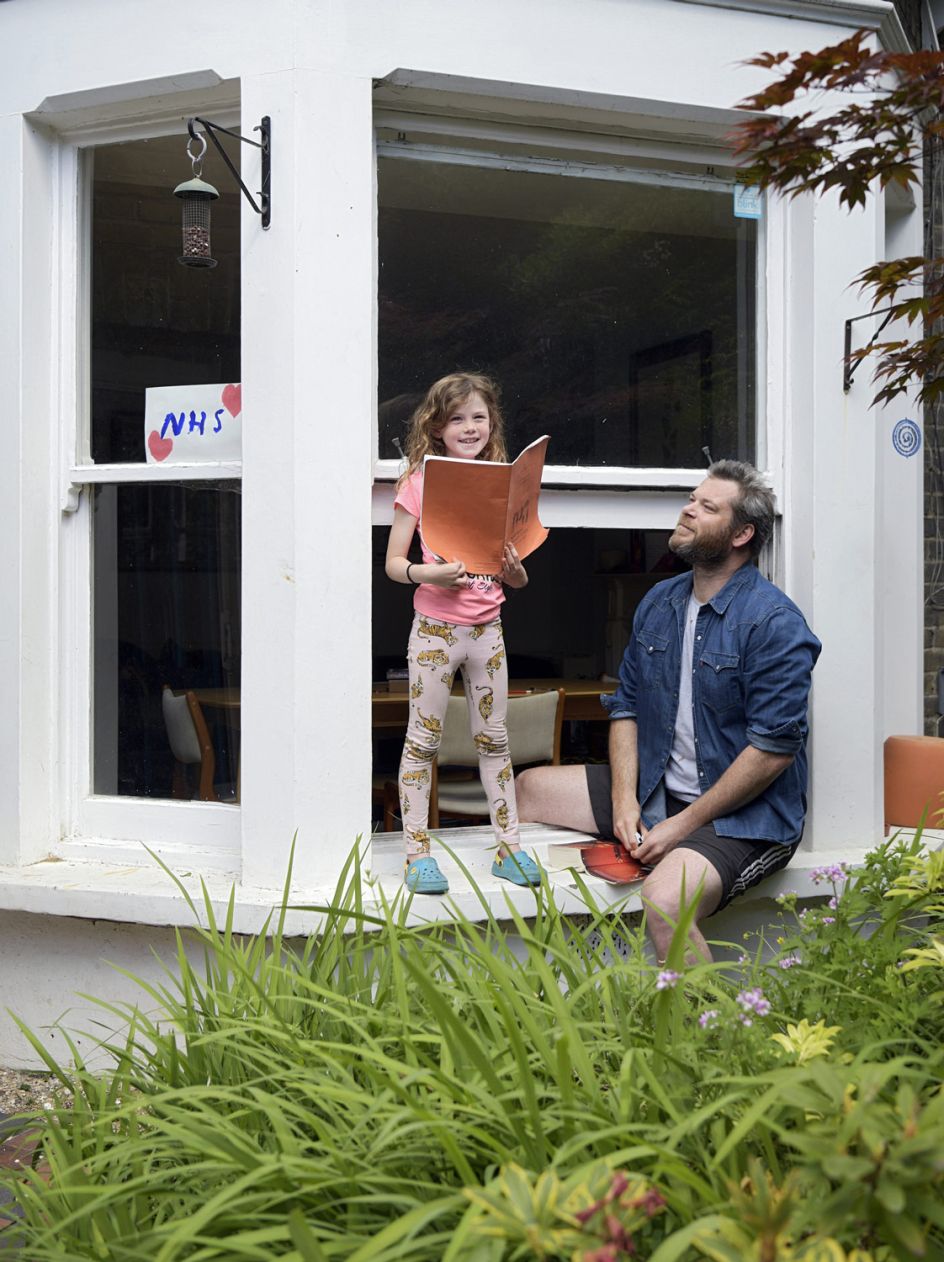
Evering Road © Christian Sinibaldi
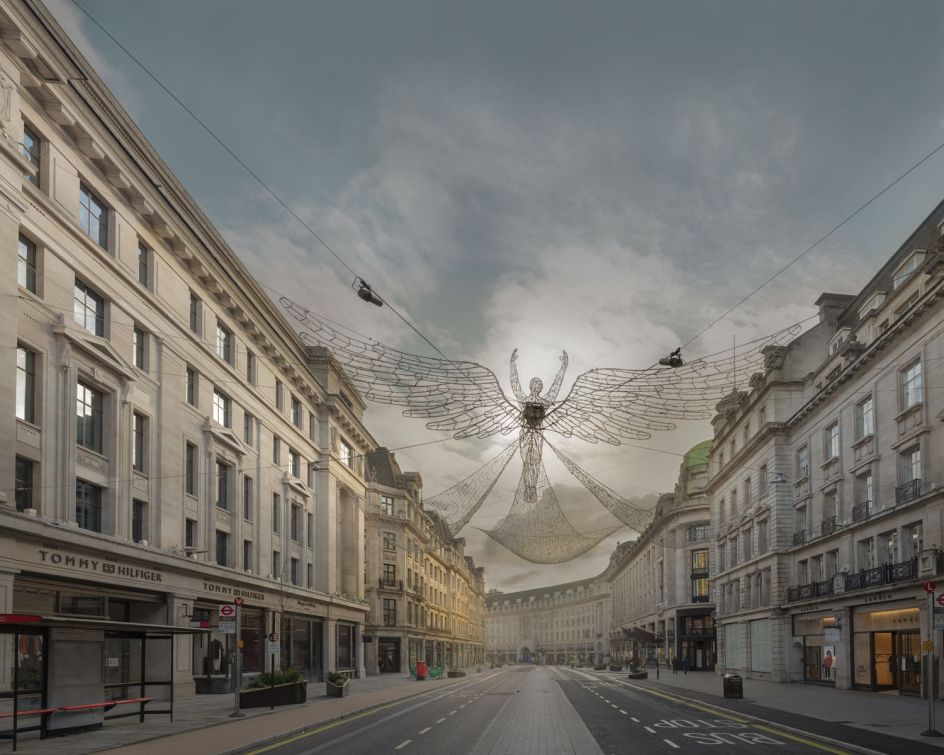
Deserted London © Chris Dorley-Brown
What are your reasons for making this book; why use photography to tell these stories?
Photography was always going to play a hugely important role in documenting an event of this scale and, from the very start of the pandemic, it was clear just how central images were going to be in communicating our personal experiences of it all, especially in this age of social media. At the Museum of London, we embarked on Collecting COVID almost immediately after the start of the pandemic: an expansive curatorial project to gather objects and first-hand experiences of the pandemic that would allow us to tell the story of this extraordinary period of time to future generations of Londoners.
The pandemic caused an explosion of imagery and, at the museum, we were virtually flooded by photographs, from those offered to us by the general public to creative projects by professional photographers. It was fascinating. A collective picture started to emerge of this moment of crisis as seen through the eyes of Londoners, and I knew that I wanted to do something to capture this wealth of material beyond the museum's collecting project. The Museum of London and Hoxton Mini Press have a shared passion for documenting life in London through the camera lens, and so we joined forces to produce this book as a visual record of the pandemic.
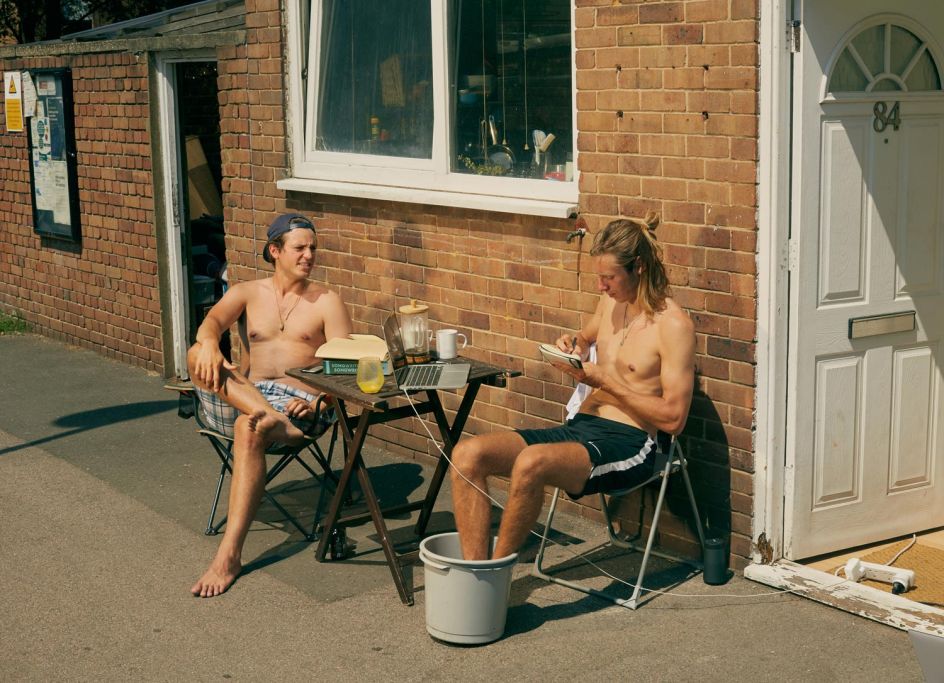
Days on Repeat © Olivia Harris
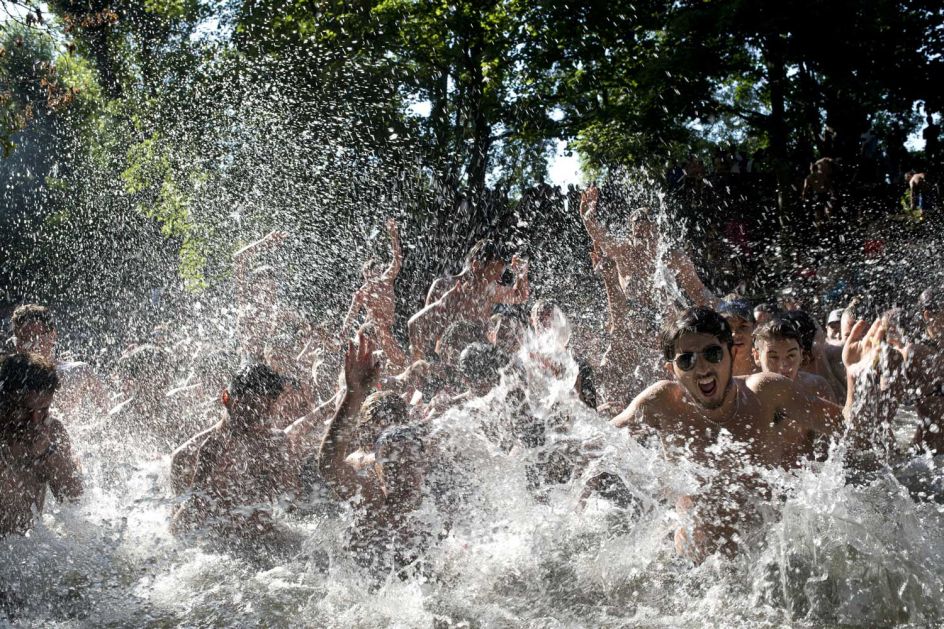
River Lea © Sophia Evans
How's lockdown been for you, and would you say that this book is representative of that?
The book is a reflection of the personal experience of the 24 amazing photographers represented in the book. It is really their vision and their voices that speak through these images. But in answer to your question, for me, lockdown and the pandemic, in general, has been a bit of a mixed bag of experiences and emotions – as it probably has for everyone. It has been unsettling, challenging and anxiety-inducing on multiple levels: living with this major existential threat, being confronted with your own vulnerability and mortality, experiencing illness, being cooped up inside for weeks or months on end, and worrying about your loved ones. But there were other, more beneficial sides to it as well: the world suddenly seemed to stop in its tracks, and so it enabled us to slow down and take stock, to reconsider life and appreciate things that otherwise would have gone unnoticed. It was an opportunity as well as a challenge.
I think the very nature of the pandemic as a global crisis is fragmented: it hasn't affected everyone equally, and its experience has been hugely dependent on personal circumstances. This fragmented nature certainly is reflected in the book. We wanted to include a range of experiences through a variety of projects in order to tell different people's stories.
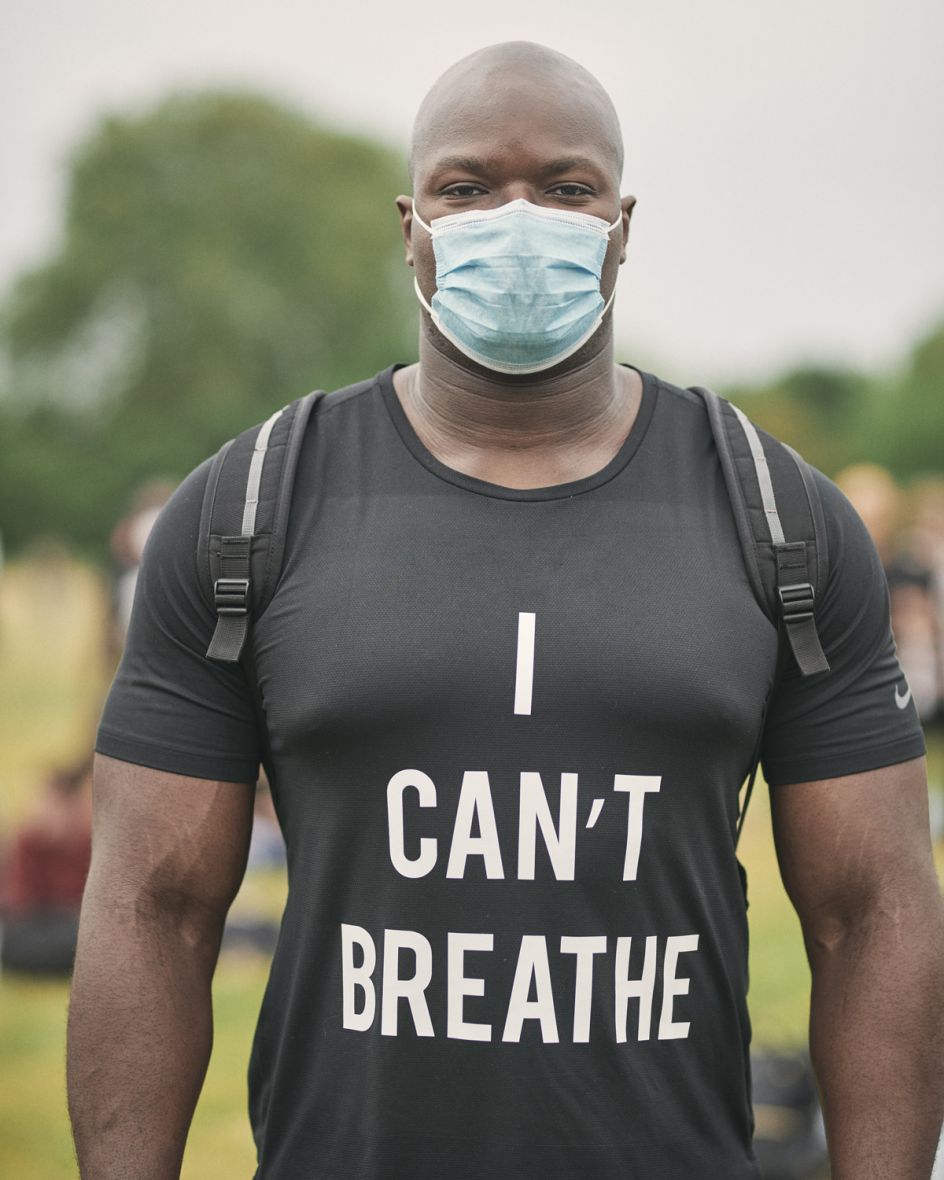
Our Bullet Lives Blossom as They Race Towards the Wall © Spencer Murphy
How did it all come together, was there anything specific that you wanted to feature?
From the very start of the process, Martin Usborne (from Hoxton Mini Press) and I talked about wanting to create a visual legacy of lockdown in London, a photographic record of this emergency in all its different facets. The book showcases some of the most exceptional bodies of work made in London during the pandemic, and it brings into focus a range of individual experiences, from deserted city streets and hospital wards to community support networks and domestic confinement. We were very conscious of the fact that we were only ever going to be able to show part of the picture – it's impossible to do otherwise – but in the end, the book is as much a celebration of the power of photography as about the experience of the pandemic itself.
We wanted to convey that photography has been a site of encounter throughout the pandemic and a means of making sense of the chaotic world around us. This is reflected in our choice of photographs, which include depictions of London as a ghostly, haunted city, intimate portraits of strangers and loved ones, ethereal landscapes, pictures of alienation and estrangement, diaristic experimentation, and documentary images of the struggle of life and death. There are common themes and shared subject matters that weave projects together, but a lot is left open to personal interpretation and discovery.
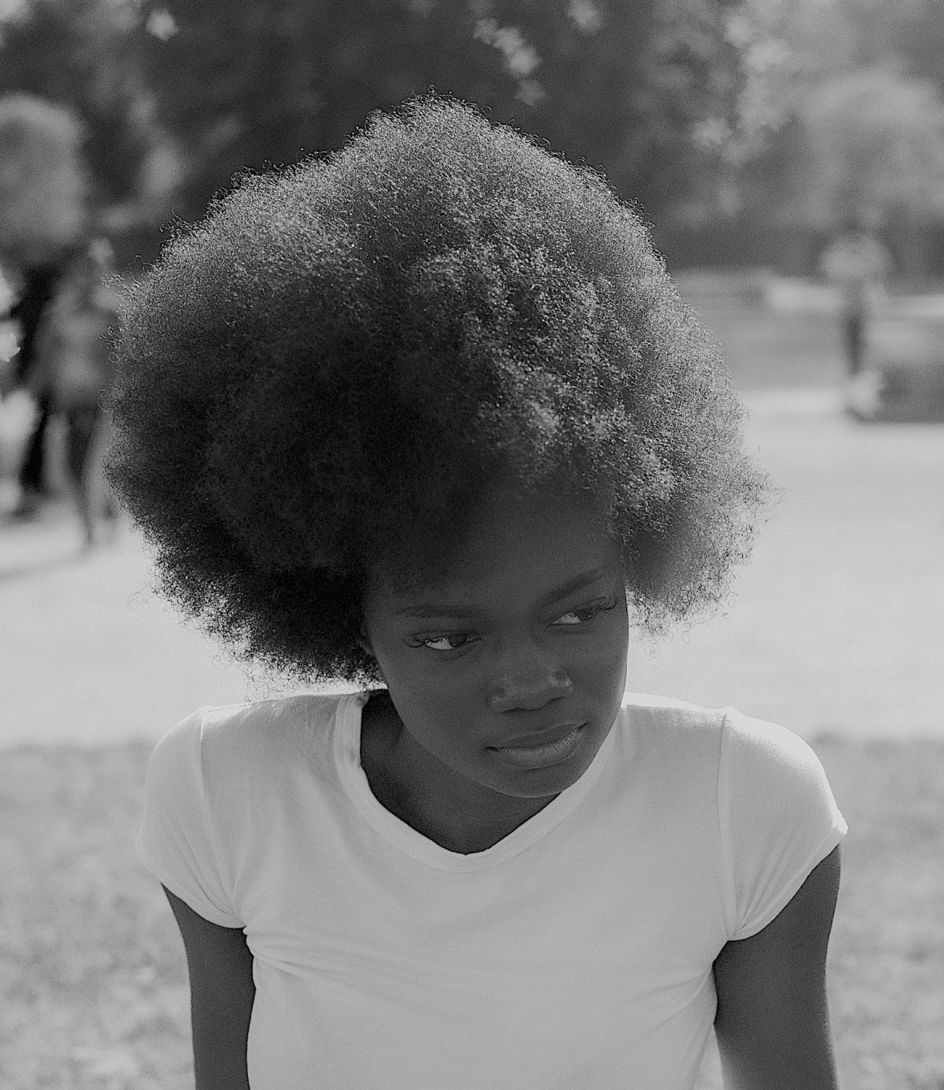
City Parks © Sophie Wedgwood (casting: Lisa Dymph Megens)
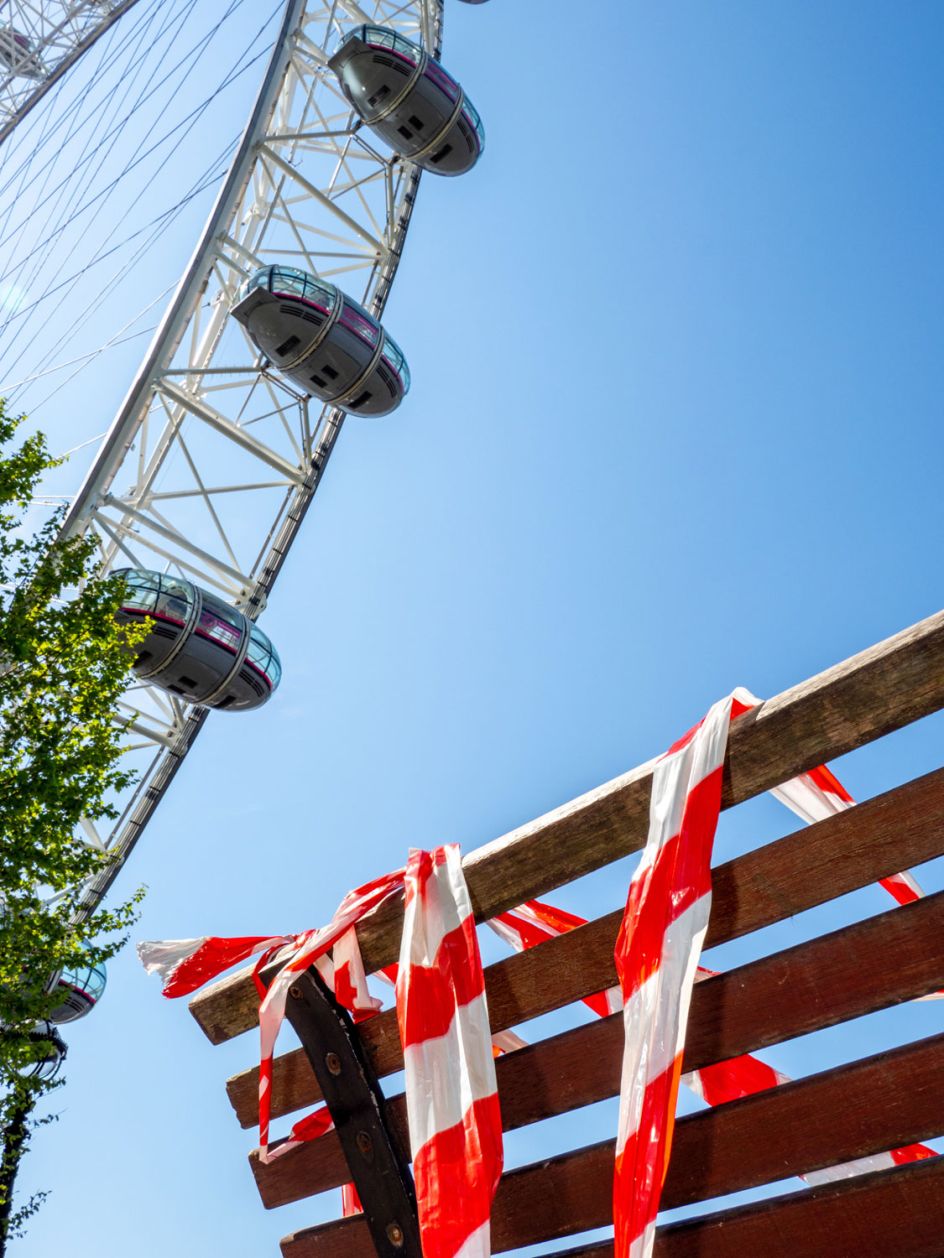
Tale of the Tape © Peter Dench / Getty Images
How do you hope your audience will respond to the book?
We took a bit of a chance by making this book while still living through the pandemic and without having the benefit of hindsight. At this point, we still don't know when we really will have enough distance to reflect on it all. But we hope that this set of images offers a moment of reflection on the strange time we have collectively lived through as we adapt ourselves to a "new normal".
The photographs in the book collectively reflect a certain heightened sensibility that many of us experienced during the pandemic, and they variously challenge and provoke, connect us to others, and detect beauty and joy alongside pain and suffering. We hope that anyone viewing the book will be able to recognise something of their own experiences in this extraordinary set of pictures.
Can you pick out a couple of favourite works from the book and talk us through them?
It's incredibly difficult to choose any favourites, but here goes.
Spencer Murphy, from the chapter Our Bullet Lives Blossom as They Race Towards the Wall: this poignant photograph encapsulates how entangled the pandemic has been with issues of social injustice and inequality. "I Can't Breathe" has multiple meanings here, simultaneously referencing the death of George Floyd, the Black Lives Matter protests and the impact of Covid-19. It is a reminder that in the spring of 2020, a public health crisis – itself the result of an environmental crisis – converged with a social justice crisis, and it shifted global agendas.
Olivia Harris's series Days On Repeat makes me laugh. She humorously recorded the desire (bordering on desperation) of Londoners to make the most of the exceptionally warm spring during the early days of the pandemic. Her deeply saturated images have a strange dreaminess about them, and their intensity almost makes you feel the heat of the sun.
I love this photograph by Sophie Wedgwood from the chapter City Parks. It reveals great emotional depth in a fleeting encounter with a stranger captured in this timeless portrait. Sophie Wedgwood has an incredible eye that combines an aesthetic reminiscent of neorealist cinema with her own creative imagination and ability to connect with her subjects.
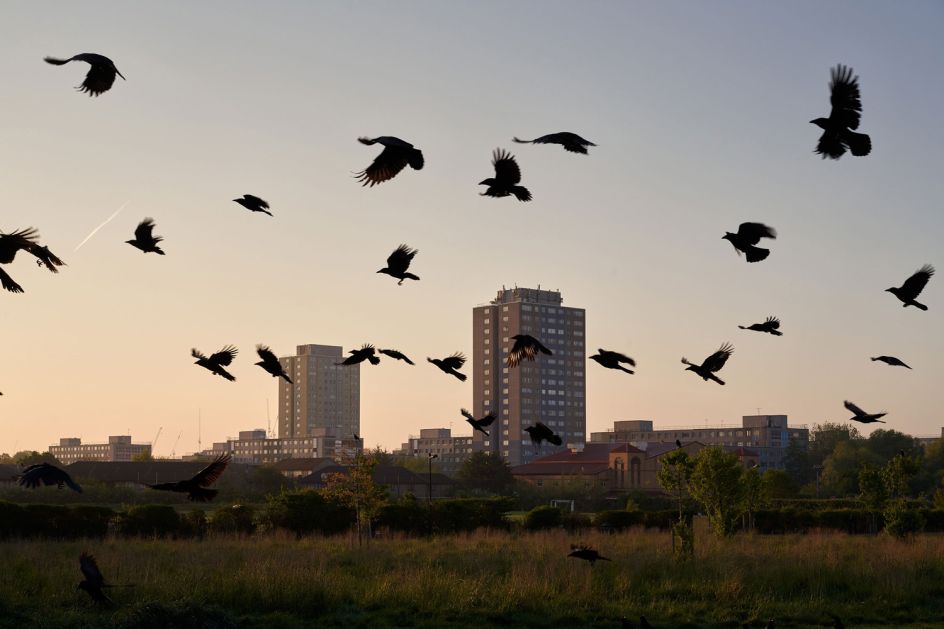
Interregnum © Greg White
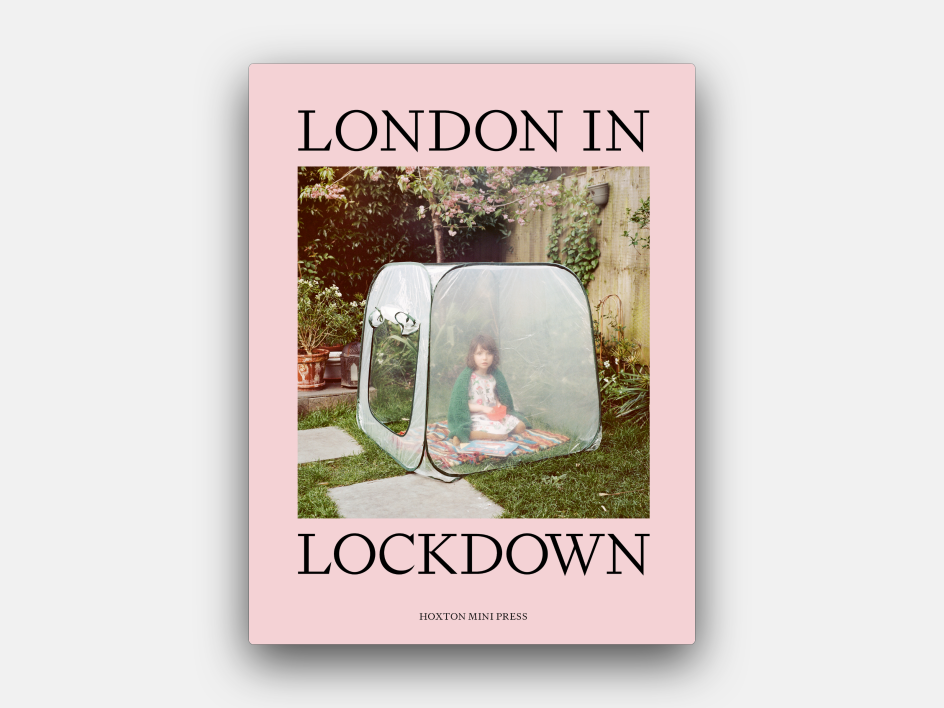
London in Lockdown
What's next for you?
We are very happy to be acquiring some of the photographs included in the book for the Museum's collection and are currently in the process of finalising this. The Museum of London is also moving to a brand new site in West Smithfield in a couple of years. We will be occupying several of the old Smithfield market buildings, which are currently being transformed into museum spaces. It's a massively exciting, once-in-a-generation opportunity to reimagine what a museum for London can be.
London in Lockdown by Jilke Golbach, is published by Hoxton Mini Press in association with Museum of London. You can order a copy at hoxtonminipress.com.

















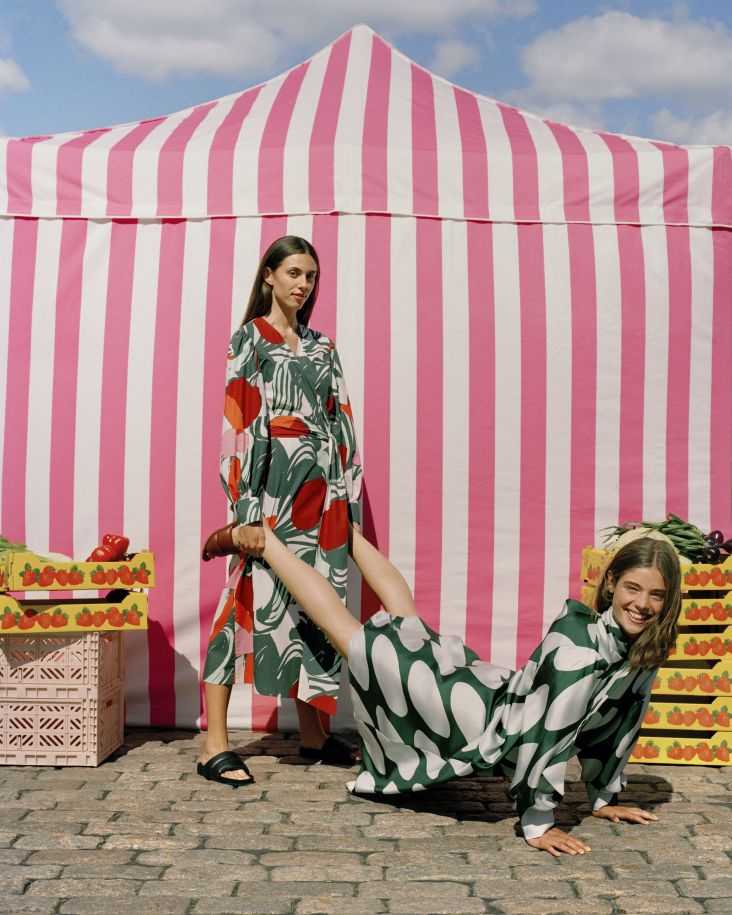
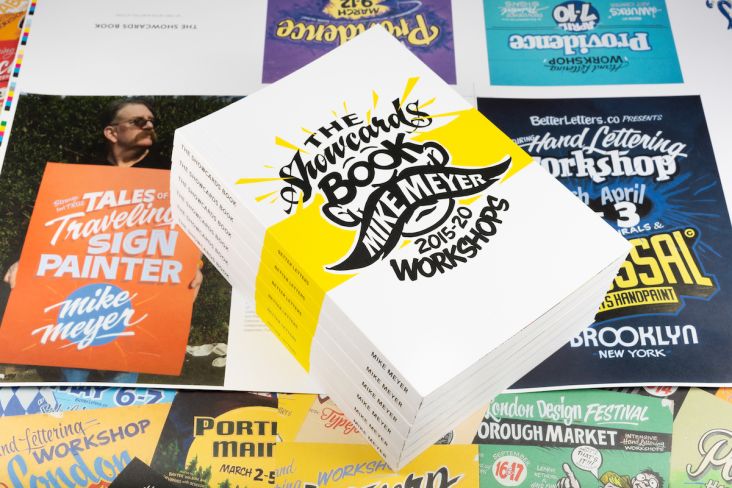

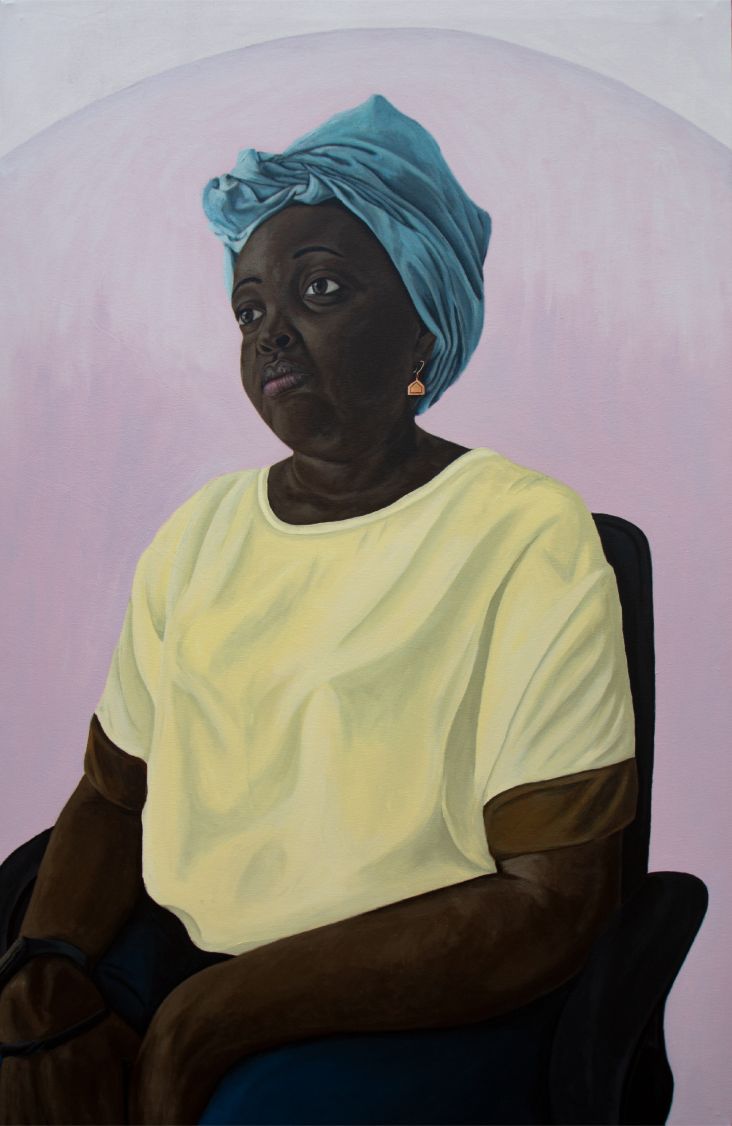
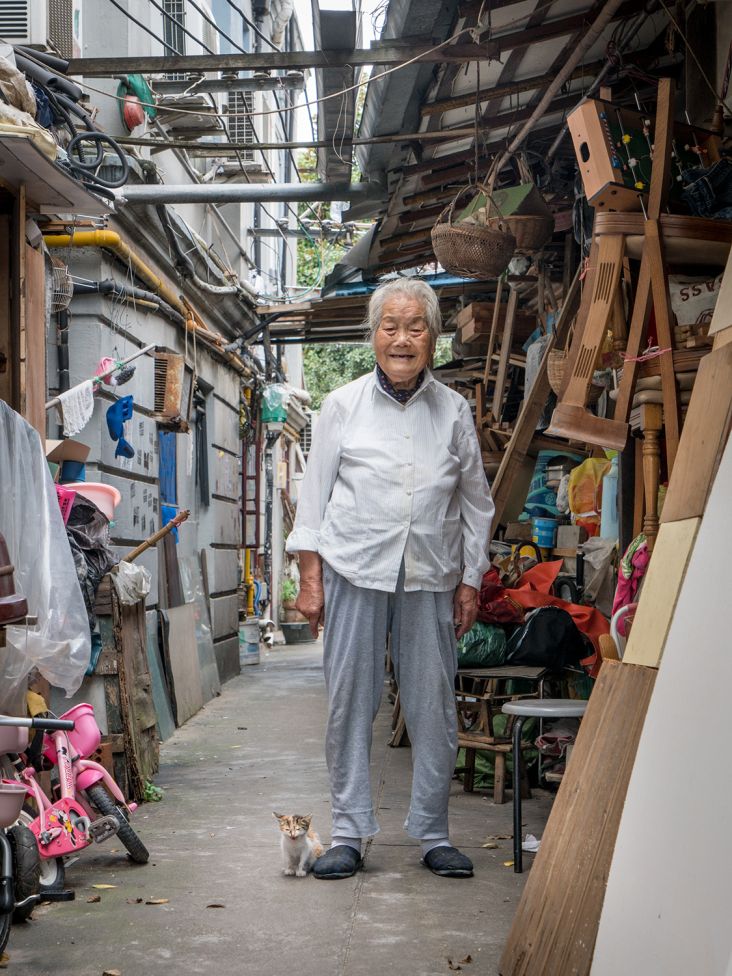
](https://www.creativeboom.com/upload/articles/bf/bf588c0bb7dc4f352fe2f8e4250e7f7368cc6023_732.jpg)
